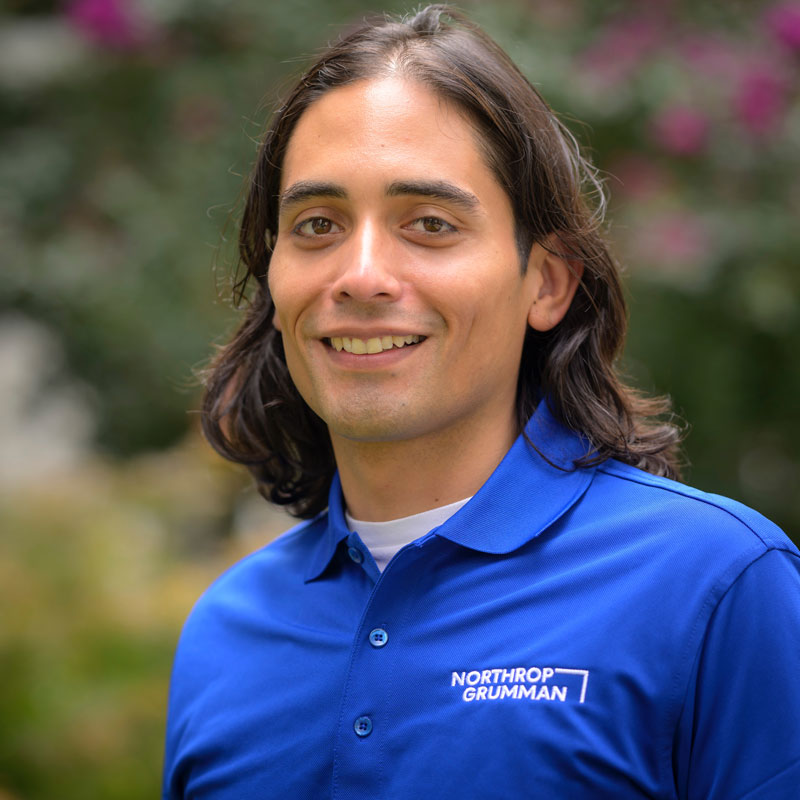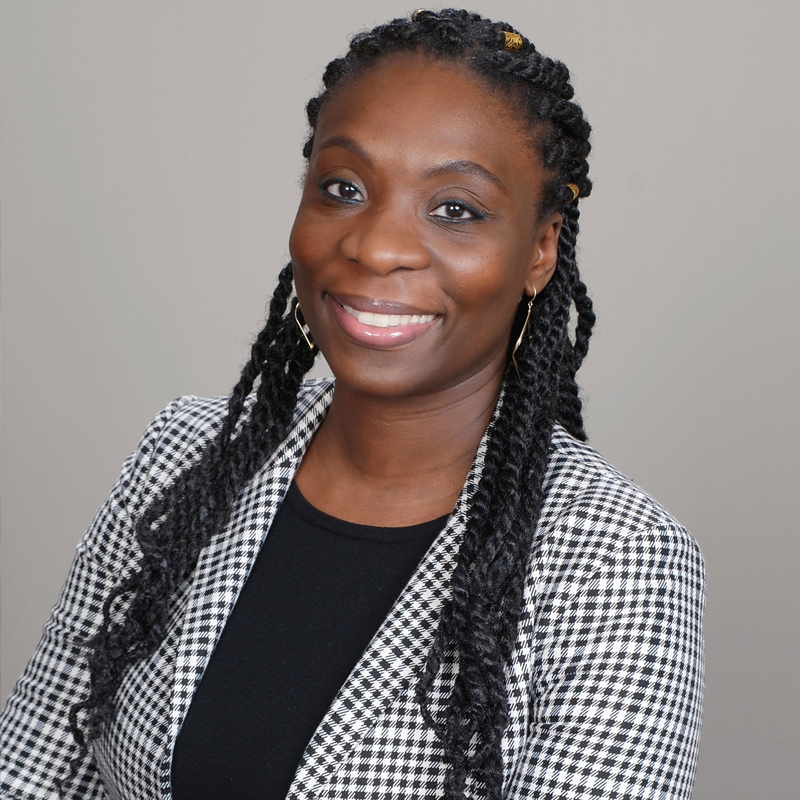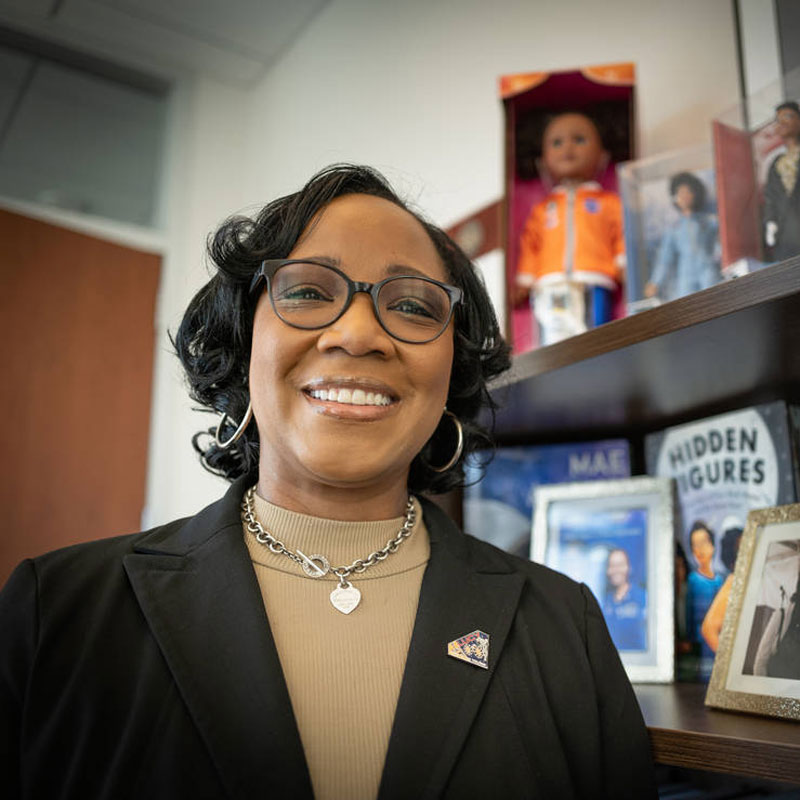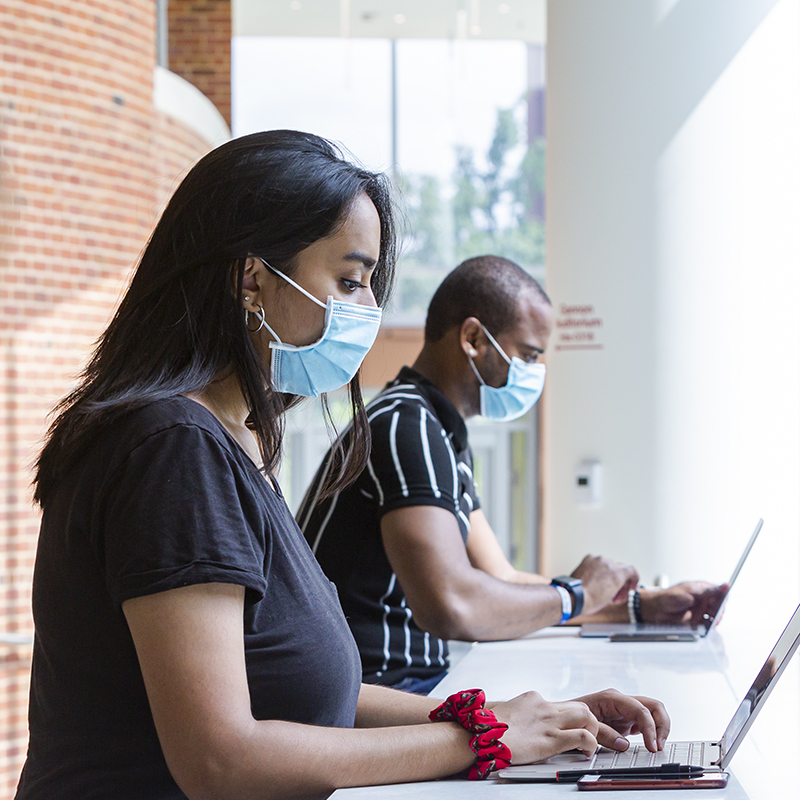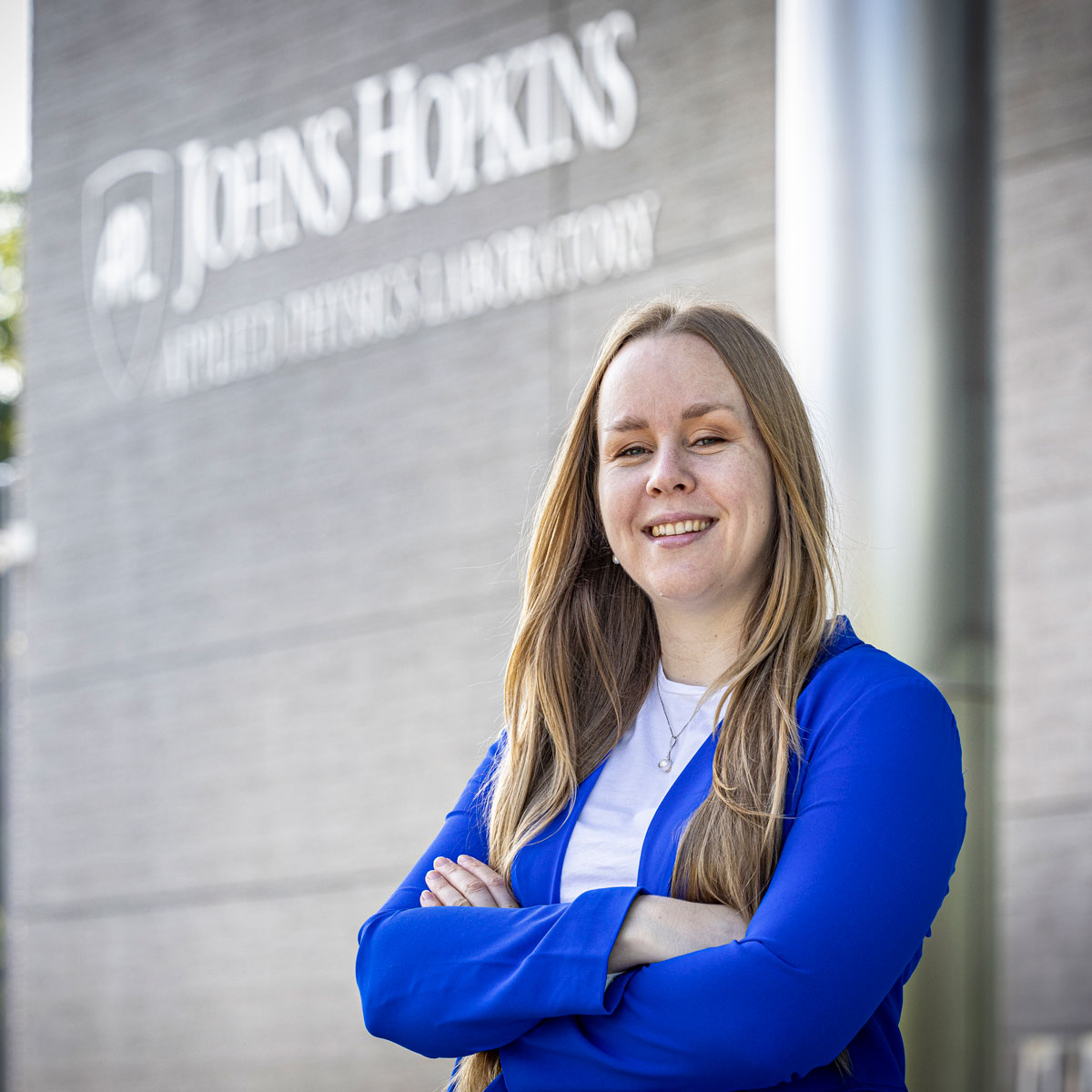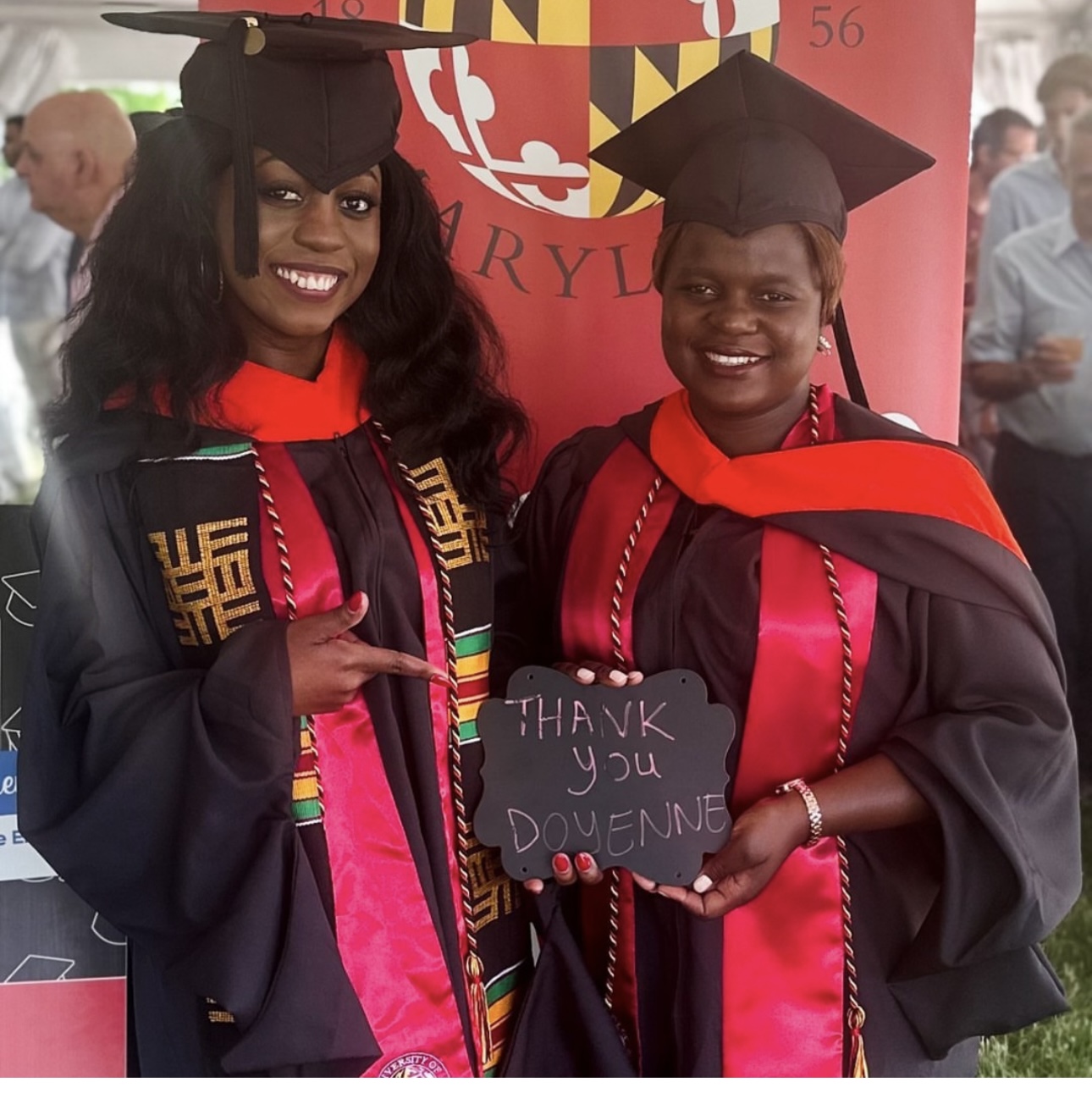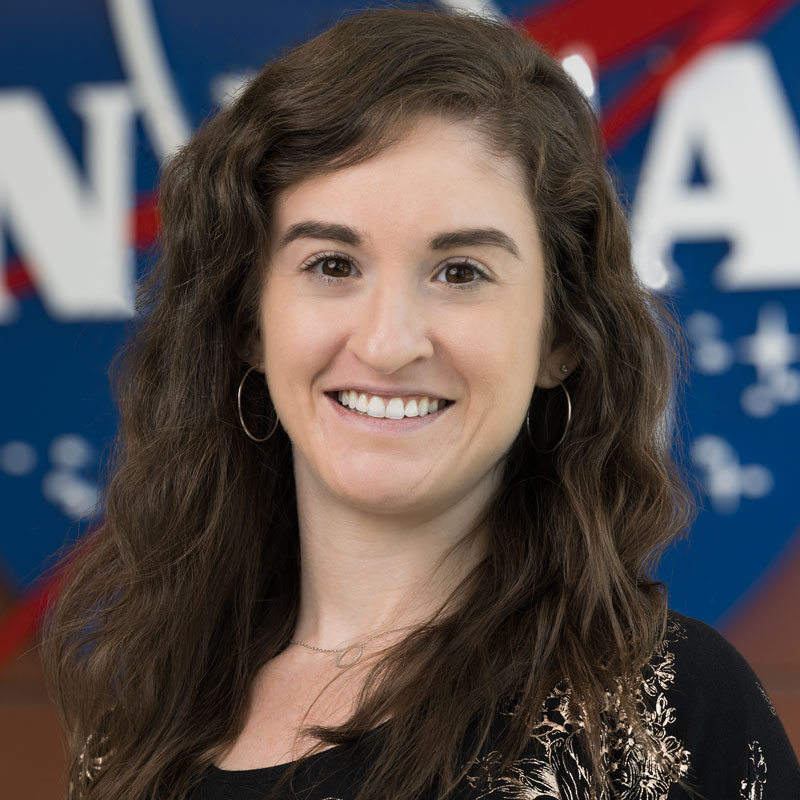News Story
Celebrating Black Aerospace Engineers: Jarred Young ('09, M.S. '13, Ph.D. '17)
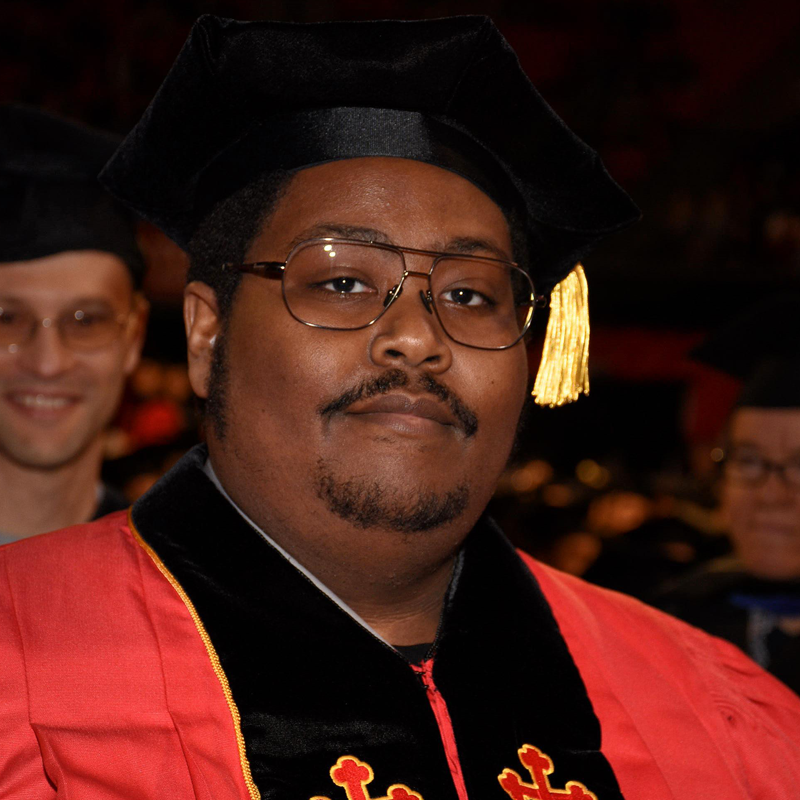
In celebration of Black History Month, the Department of Aerospace Engineering is highlighting some of our talented and diverse alumni through a series of stories sharing their journeys and advice for aspiring aerospace engineers.
Jarred Alexander Young ('09, M.S. '13, Ph.D. '17) is currently a lecturer for the Keystone Program at the University of Maryland. As a student, Young completed his dissertation, “Ion Plume Damage in Formation Flight Regimes,” at UMD’s Space Power and Propulsion Laboratory, with Professor Ray Sedwick as his advisor. He has received numerous awards and accolades, including the LSAMP Bridge to the Doctorate Fellowship in 2010, the National Minority STEM Fellowship in 2011 and the Alfred P. Sloan Fellowship in 2012.
As an intern for NASA Goddard Space Flight Center, he contributed to the Lunar Reconnaissance Orbiter (LRO) and Soil Moisture Active Passive (SMAP) missions performing derating analyses on the LRO systems and the SMAP radiometer while in its early design phase. His research interests include plasmas, spacecraft-material interaction, space system design concepts and development of next-gen space propulsion technologies.
Where/How did you get started on your aerospace engineering journey?
Starting at the age of five, I had an intense love of Star Trek and was inspired to create Warp Drive. From that point forward, I said my dream was to become a Propulsion Engineer.
After attending Oxon Hill High School's science and technology program, I applied to UMD's aerospace program. However, since the program didn't take ACT scores at the time, I was not admitted. From there (and with the support of Professor William Fourney), I spent the next two years working to get into the program. Once admitted, I then spent the next three doing my best to achieve my dream of becoming an aerospace engineer.
After graduating with my bachelor's, I decided to continue on my way to becoming a propulsion engineer by enrolling in the Ph.D.program under the guidance of Professor Sedwick and ultimately completing my Ph.D. in 2017.
Who and/or what inspires you?
My family inspired me to become an engineer. My grandfather, William B. Young, worked as a machinist for NASA Goddard and always had a huge soft spot for the space program. Meanwhile, my mother, Joyce O. Young, was a huge Star Trek fan, like me. Between the two of them, I developed my love for engineering. I was inspired to design the next U.S.S. Enterprise and my journey started from there.
Now what inspires me is the fact that I'm educating the next generation of engineers. Not only do I get to be a role model for students from all walks of life, but it’s important that there is someone who looks like me teaching them. This shows them that with the proper motivation, anyone can achieve their dream.
"I always tell my students that 'engineering is a team sport, except on exams!' Everyone should get that support group, that 'coalition of the willing' to support you through your career. I would also tell students to never stop pursuing their dreams. That pursuit, even though it may be difficult, will fulfill you in ways you never thought possible."
Jarred Alexander Young ('09, M.S. '13, Ph.D. '17), alumnus and University of Maryland Keystone Program lecturer
What has helped you succeed in your aerospace engineering journey?
Three things have helped me to succeed: my family, an unshakable faith in my purpose and excellent support from my mentors and friends.
My family pushed me and believed in me when others did not. They were there in the bad times and the good times (especially when I earned that Ph.D). It was that family support that helped me develop an unstoppable belief in my goal of becoming a propulsion engineer. Since I first set that goal for myself at age five, I’ve never stopped pursuing it, and I’ve worked tirelessly to attain it. Even when they thought I was crazy, my family supported me every step of the way.
However, even they couldn't support me alone. I also had wonderful mentors, including Professors Sedwick, Fourney, Bowden, Akin and Pines, to name just a few. They kept pushing me to move forward and helped me mold myself into the engineer that I am today. And that’s not to mention the friends I had through college, both in Aerospace and in the Mighty Sound of Maryland Marching Band. They helped me through it, too. With that strong of a support group, who couldn't succeed?
What advice would you offer current students?
I always tell my students that "engineering is a team sport, except on exams!"
Everyone should get that support group, that "coalition of the willing" to support you through your career. I would also tell students to never stop pursuing their dreams. That pursuit, even though it may be difficult, will fulfill you in ways you never thought possible.
What have been some of your greatest personal and professional successes?
First, I think that my greatest success is the mere fact that I'm here at the University of Maryland teaching the next generation of engineers and giving them the inspiration that they need to become the leaders of the field in the future.
I've also been a part of two successful NASA missions in the Lunar Reconnaissance Orbiter (LRO) and Soil Moisture Active Passive (SMAP) missions.
Published February 14, 2022
